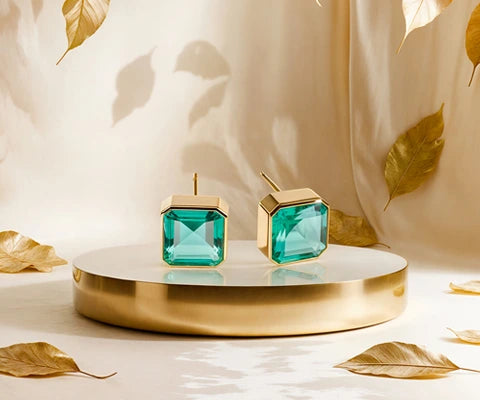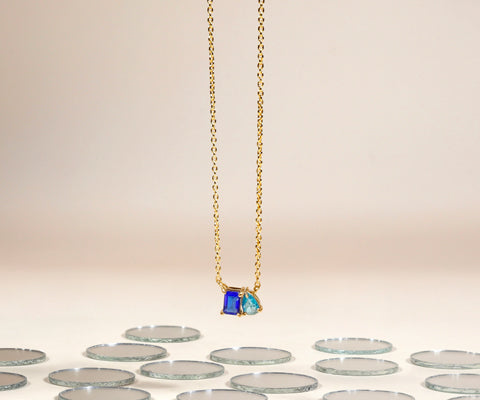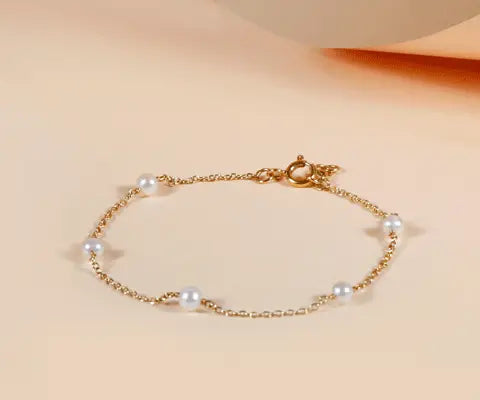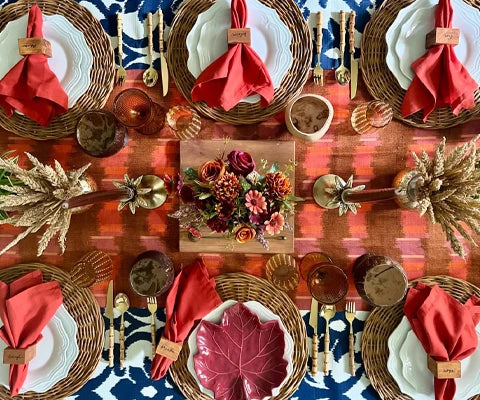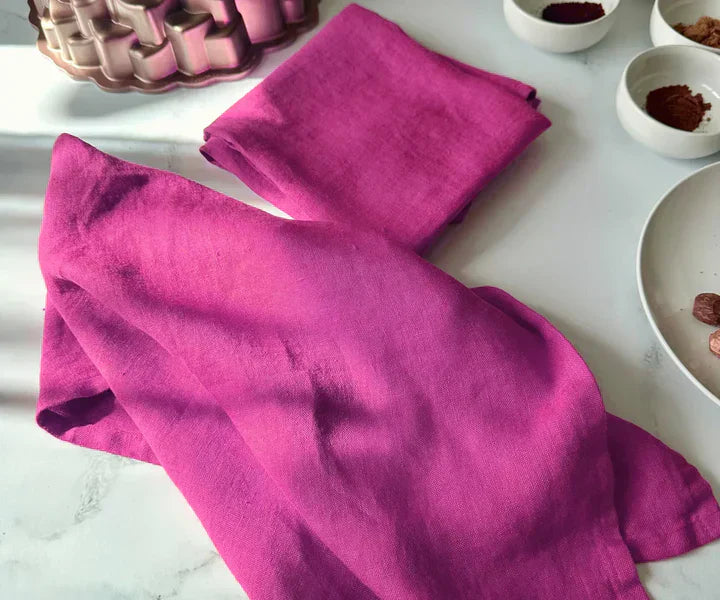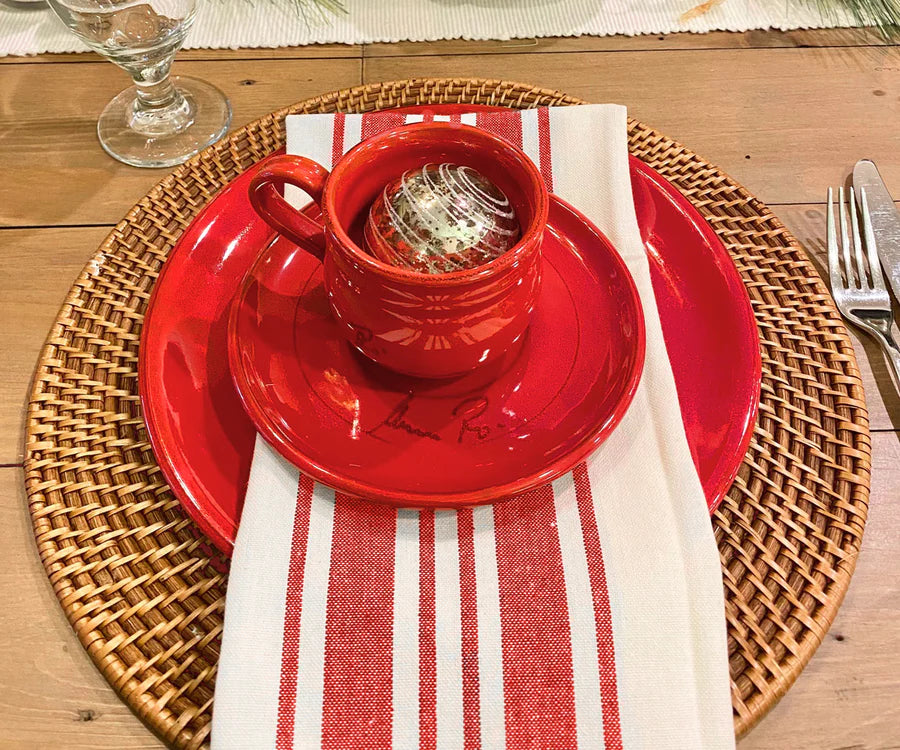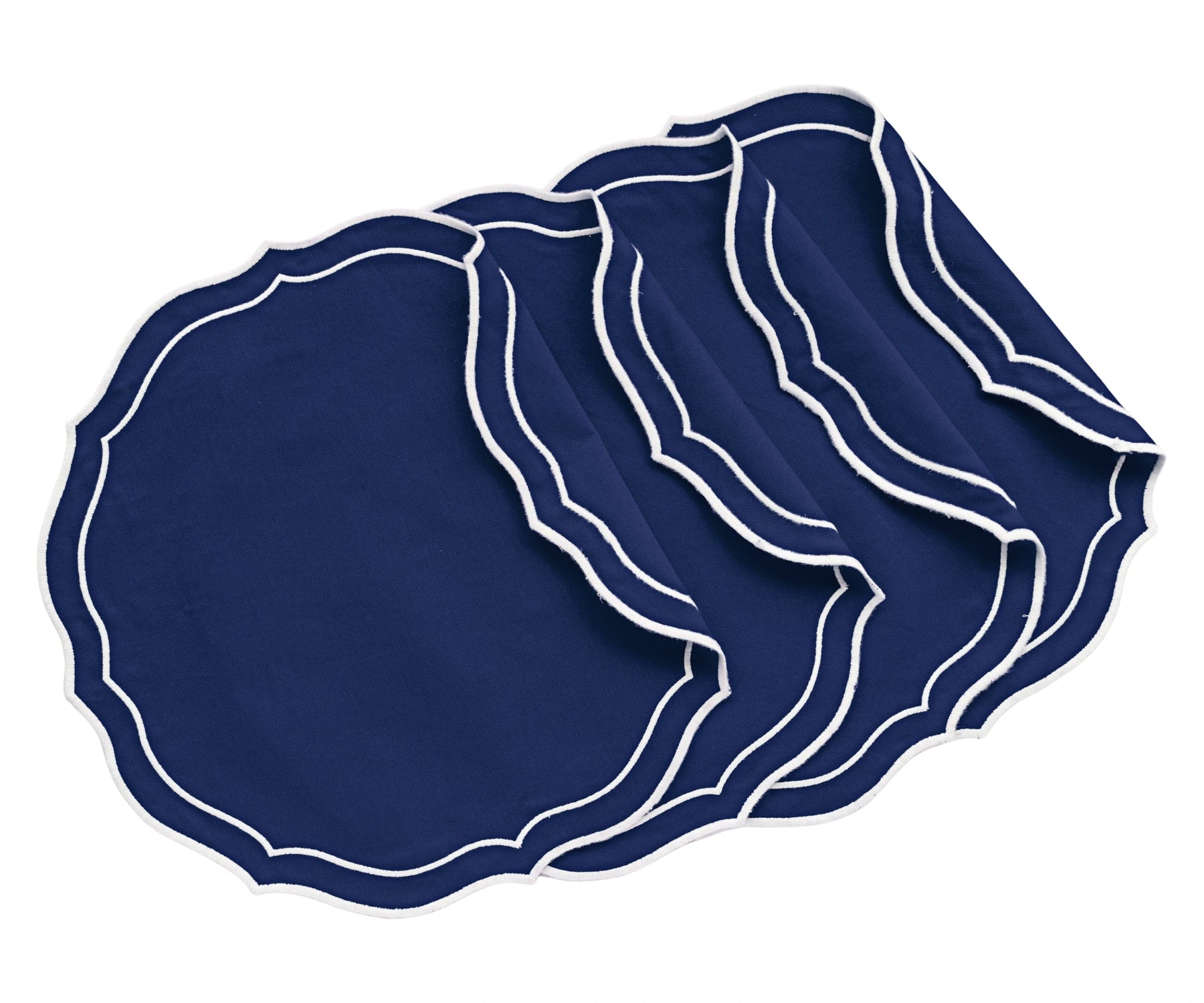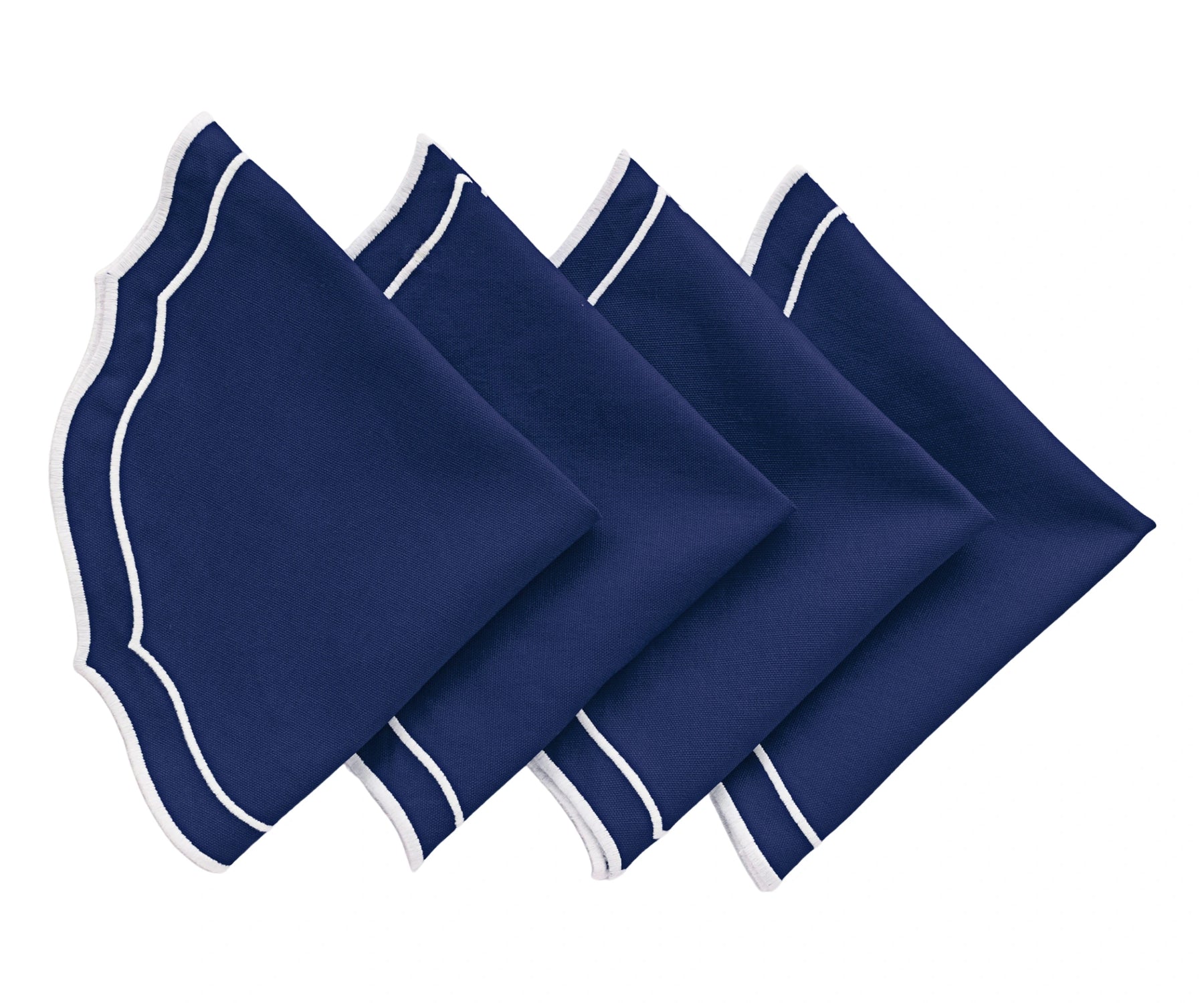What Are Placemats?
Placemats are protective table accessories placed under plates and utensils to safeguard surfaces from spills, heat, and scratches. They also serve as decorative elements, adding color, texture, and style to your dining table.

Originally used in formal dining settings, placemats have evolved into everyday essentials found in homes, restaurants, and cafes. From simple fabric designs to elegant leather options, placemats come in various materials and styles to suit different occasions.
Why Should You Use Placemats?
Placemats offer both practical and aesthetic advantages, making them a must-have for any dining setup.
1. Protects Your Table
Placemats act as a barrier against food stains, heat damage, and scratches, helping to preserve your table’s finish whether it’s wood, glass, or marble.
2. Enhances Table Aesthetics
Placemats add style and personality to your dining table. Whether you prefer a minimalist look or a vibrant setup, they help create a polished and inviting atmosphere.
3. Maintains Hygiene
Using placemats makes cleaning up after meals easier. Instead of wiping down the entire table, you only need to clean or replace the placemats.
4. Defines Personal Space
Placemats help establish individual dining areas, making mealtime more organized, especially in formal or large gatherings.
5. Prolongs Table Lifespan
By reducing direct contact with food, spills, and heat, placemats help maintain the quality of your table for years to come.
Also Read: Different Types of Placemats with a Tablecloth
Types of Placemats & Their Pros and Cons
Choosing the right placemats depends on your dining needs, style preferences, and maintenance requirements. Here’s a quick look at the most common materials:

1. Fabric Placemats (Cotton, Linen, Jute, Bamboo)
Fabric placemats offer an elegant, eco-friendly option with various textures and designs. They are reusable and machine-washable, making them a sustainable choice. However, they stain easily and may require frequent washing and ironing.
2. Plastic or Vinyl Placemats
These placemats are water-resistant, easy to clean, and ideal for kids or outdoor use. They provide excellent protection against spills but lack the elegance of fabric or leather options, making them less suitable for formal settings.
3. Cork or Wooden Placemats
Sturdy and eco-friendly, cork and wooden placemats add a rustic touch to the table. They offer good heat resistance but can absorb moisture, making them harder to clean and prone to warping over time.
4. Silicone Placemats
Flexible, heat-resistant, and easy to clean, silicone placemats are perfect for children’s meals. However, they have a casual look that may not suit formal dining and can attract dust over time.
5. Leather or Faux Leather Placemats
Luxurious and durable, leather placemats add sophistication to any table setting. They are easy to wipe clean but require special care and tend to be more expensive than other options.
Each material offers unique benefits, so choosing the right placemats depends on your lifestyle and dining needs.
You May Also Like: How to Clean Fabric Placemats?
How to Style Placemats for Different Occasions
Styling placemats can elevate your dining experience. Here are some creative ideas:

-
Everyday Dining: Use neutral-toned placemats for a relaxed and modern look.
-
Formal Dinners: Opt for linen or leather placemats paired with coordinated napkins and table runners.
-
Holiday Table Settings: Choose seasonal colors and patterns to match the festive mood.
-
Outdoor & Picnic Dining: Use waterproof placemats, such as vinyl or bamboo, for durability.
-
Minimalist Setup: Stick to simple, monochrome designs for a clean, sophisticated table setting.
How to Choose the Right Placemats
When selecting placemats, consider these factors:

1. Material
-
Cotton/Linen: Ideal for elegance and comfort.
-
Vinyl/Plastic: Best for easy cleaning and durability.
-
Wood/Cork: Adds a natural, rustic appeal.
2. Size & Shape
-
Standard 12x18 inches fits most dining tables.
-
Round or square placemats work well for different table shapes.
3. Color & Pattern
-
Choose colors that complement your dining room décor.
-
Seasonal designs add variety to your table settings.
4. Maintenance Needs
-
Machine-washable fabric placemats are ideal for frequent use.
-
Wipe-clean options, like vinyl or leather, require less upkeep.
Read More: The Importance of Placemats in Our Daily Lives
Caring for and Maintaining Your Placemats
Proper care ensures your placemats stay in great condition for years.
-
Fabric Placemats: Machine wash on a gentle cycle and air dry.
-
Vinyl/Plastic Placemats: Wipe clean with a damp cloth; avoid direct heat.
-
Wooden/Cork Placemats: Use a dry cloth to clean; keep away from moisture.
-
Leather Placemats: Wipe with a soft, damp cloth and use mild cleaners when needed.
Placemats are essential for protecting tables, enhancing table settings, and maintaining cleanliness. Whether you choose fabric, vinyl, or leather placemats, there’s an option for every dining style.
For high-quality, stylish, and eco-friendly placemats, All Cotton and Linen offers a beautiful selection designed for durability and elegance. Elevate your dining experience with the perfect placemats that blend functionality and style.


